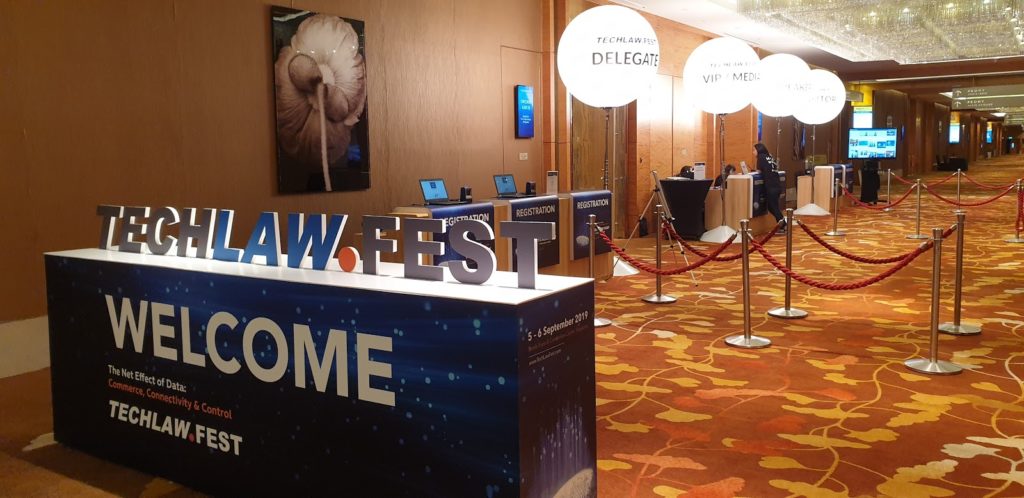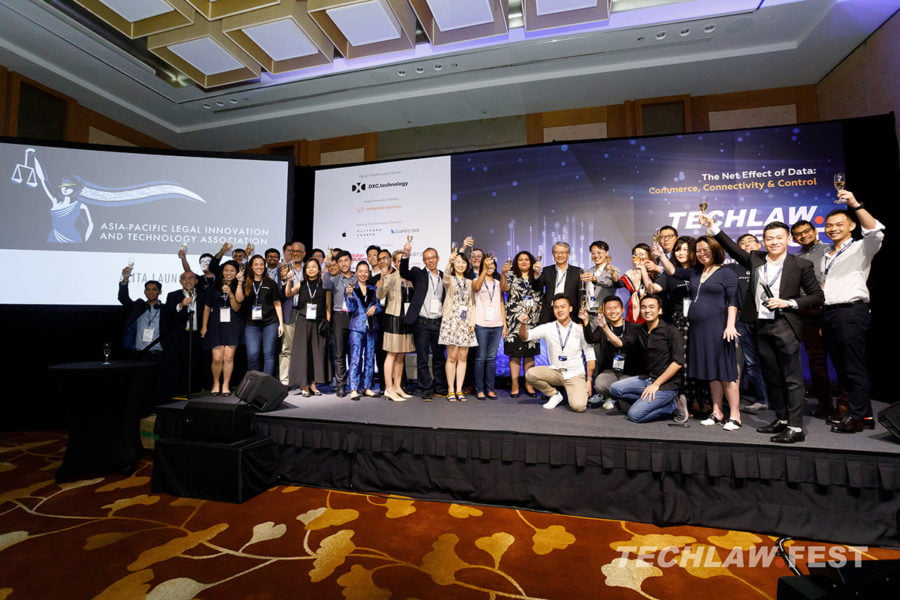By Lenon Ong, Sanjana Ayagari, Elizaveta Shesterneva | Edited by Josh Lee
As part of our strategic media partnership with the Singapore Academy of Law, LawTech.Asia once again has the privilege of being appointed as media partner for TechLaw.Fest 2020. As the programme line-up for TechLaw.Fest 2020 begins to take shape, LawTech.Asia brings our readers back to TechLaw.Fest 2019 to provide a timely recap on all that happened, as we look forward to what is shaping up to be a momentous and memorable TechLaw.Fest 2020.
In its second year in this form as a large-scale conference, TechLaw.Fest 2019 was held on 5 and 6 September 2019, and saw over 1,500 legal professionals, technologists, entrepreneurs and regulators converge to engage in critical conversations about the future of technology law and of the legal industry.
Given the numerous conferences, exhibitions, pitches, launches and meetings all happening over 48 hours of adrenaline and excitement, this article aims to share some of the key themes and memorable moments that emerged across both days of Singapore’s (and arguably Asia’s) signature law and technology conference.






